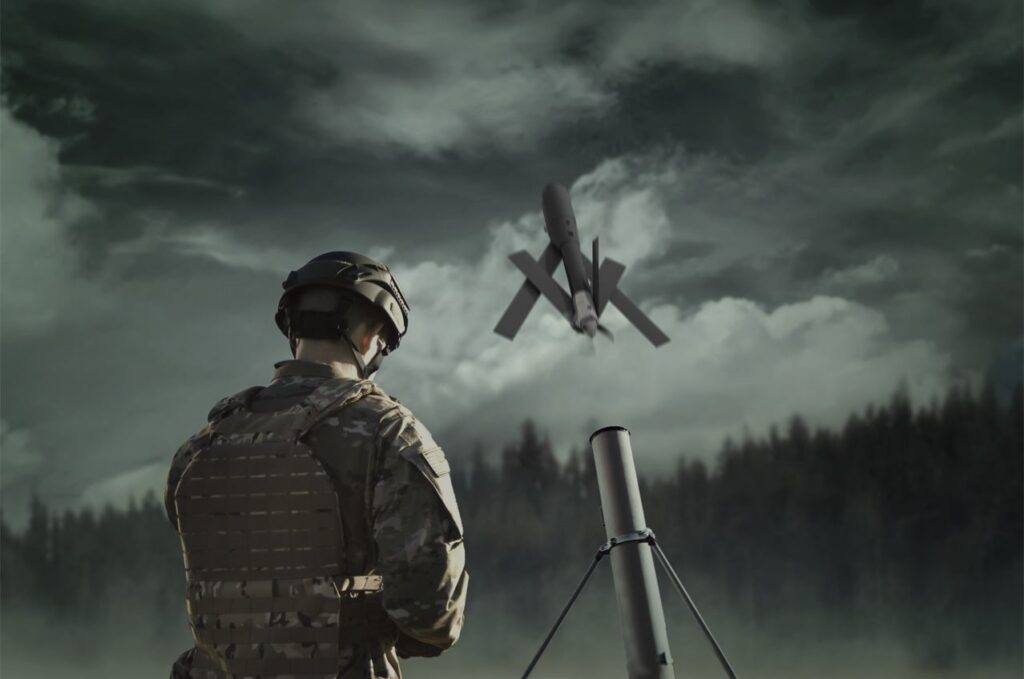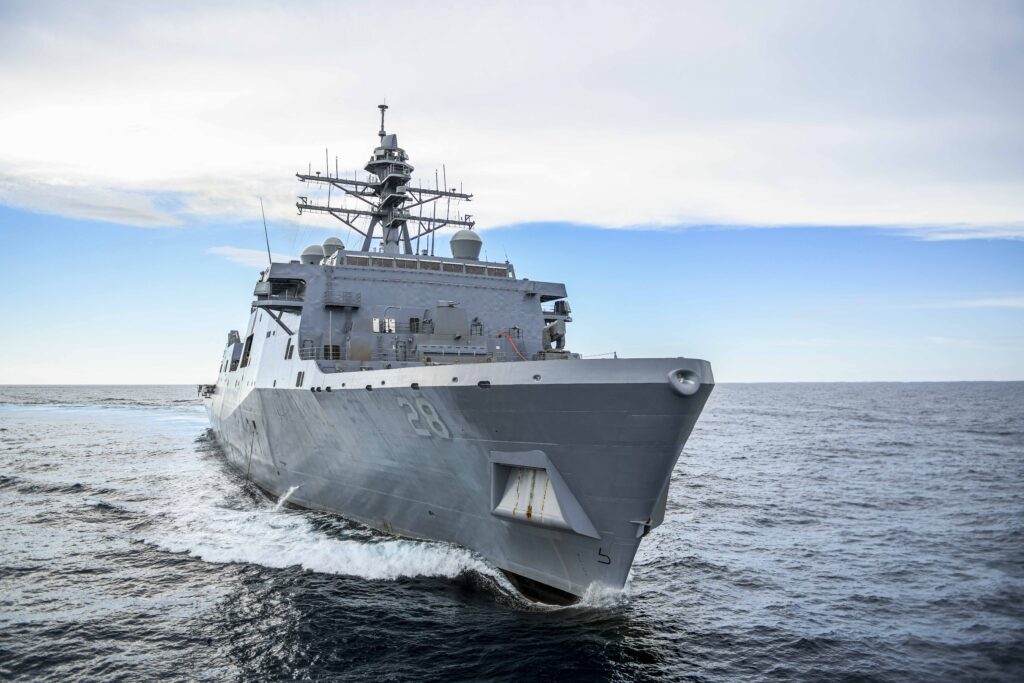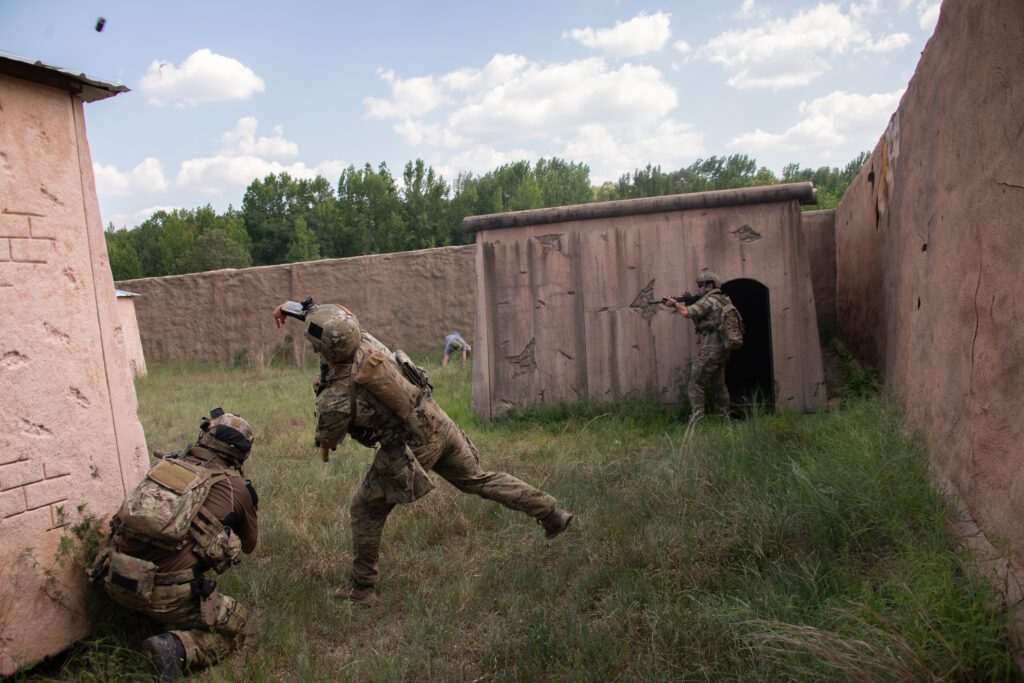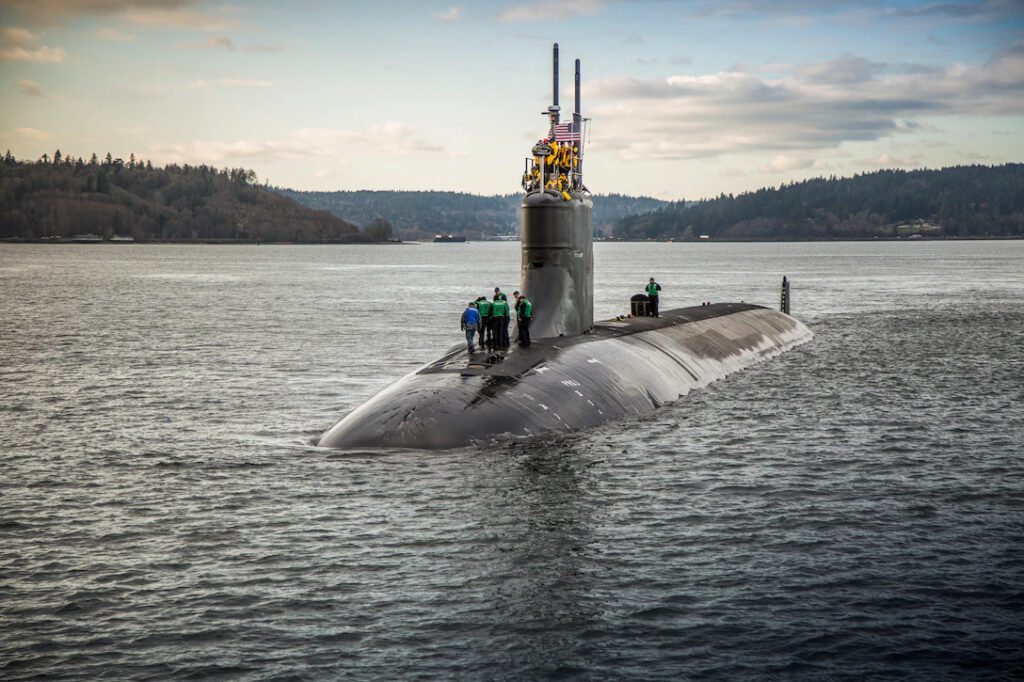Commandant: Many Unvaccinated Marines Swayed by Disinformation
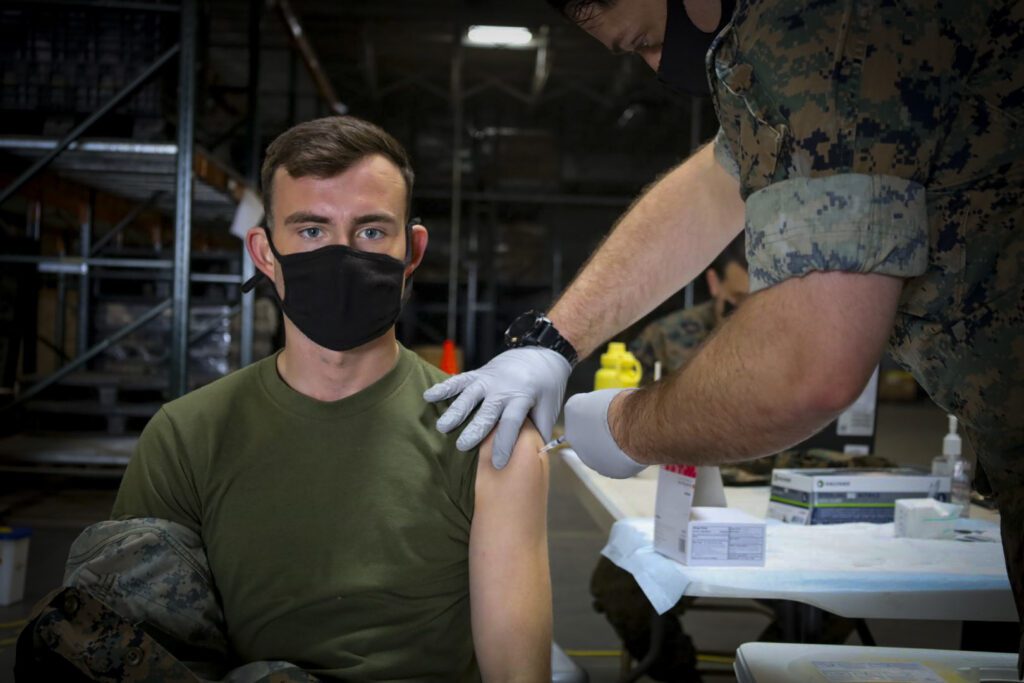
WASHINGTON — Because the U.S. Marine Corps is the nation’s ready force, the commandant says he is concerned that “disinformation” has made thousands of Marines reluctant to get a mandatory vaccination against coronavirus.
With a Nov. 28 deadline looming for all active duty Marines to be fully vaccinated, an estimated 13,000 still have not gotten the first shot to counter COVID-19.
“I’m concerned about it because every Marine has to be ready to deploy,” Gen. David Berger said Nov. 4 at the in-person 2021 Aspen Security Forum. “We are the ready force. We have to be ready to go.”
Berger said he could not say exactly why so many Marines haven’t rolled up their sleeves yet. Some have submitted requests for a religious or medical waiver.
“Those are being answered quickly. Within a week, they’ll get an answer back.” However, “Very few have been granted,” he said.
“The ones who flat out refuse? You’d have to ask each individual Marine their reasons why. I think we’re challenged by disinformation,” which Berger said raises questions “about how did this vaccine get approved? Is it safe? Is it ethical?
“All that swirls around on the internet and they read all that. They see all that,” Berger said. But Marines are trained and “taught that your unit is more important than you are.”
Berger is also concerned that 56% of Marines in the Ready Reserve have not been vaccinated. They have until Dec. 28 to do so. Berger said it is difficult to track vaccination rates among reservists because they are spread across the country in local units.
“We are one Marine Corps, active duty and Reserve, so it is important for them to get vaccinated as well,” he said.
Marine Corps Headquarters issued guidance Oct. 23 stating Marines who are not fully vaccinated by the deadline, without an approved administrative, medical or religious exemption, will be subject, pending appeal, to administrative separation from the Corps.
“A Marine who has not been fully vaccinated is not considered worldwide deployable and shall be assigned or reassigned, locally, to billets which account for health risks to the unvaccinated Marine and those working in proximity to the Marine,” according to the guidance. While their cases are under appeal, Marines who refuse vaccination, could also be barred from re-enlistment, promotion or holding a command.
“The approach we took is: Take all the ambiguity out of it. It’s black and white from the secretary of defense. We need to protect ourselves,” Berger said, explaining the hardline approach. “We wrote that instruction to make it clear all the way down. There is no gray area. You must get vaccinated.”
He noted that Marine recruits already get 12 other vaccinations just to get through boot camp. Berger said he didn’t think the Marines will be losing thousands of Marines after Nov. 28 because of the mandatory vaccination order.
The number of vaccine refusals is changing every day, Berger said.
“Partly because we have a younger force and they wait to see how leaders do. And when the leaders do, they get in line quickly. I think it’s really hard to predict, because it’s not a straight line between now and the end of November.”

